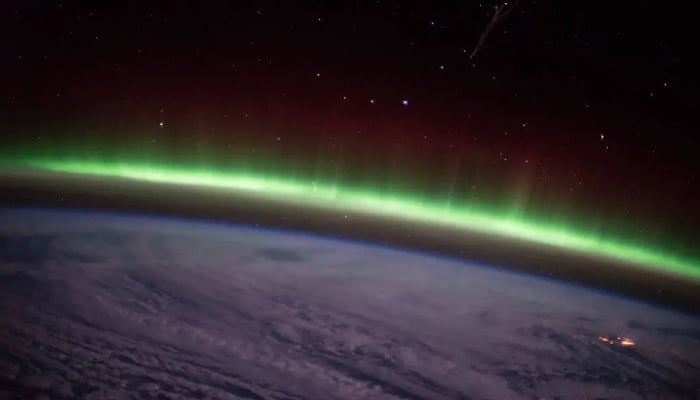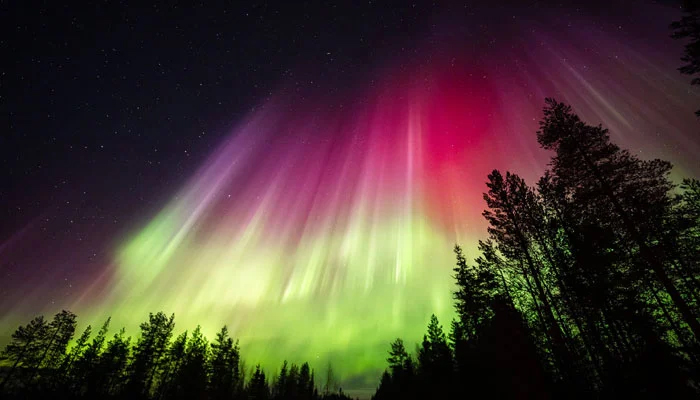Nasa to fly rockets through aurora borealis to study phenomenon
Mission wants to dive deep into why some auroras flicker, others pulsate and rest appear to have missing patches of light
January 25, 2025

Nasa plans to fly two rockets through active aurora borealis to study the breathtaking unique lights that flash and dance across the Alaskan night sky.
The rockets are expected to lift off from the Poker Flat Research Range in Fairbanks, Alaska as part of two missions led by space physicists from Nasa's Goddard Space Flight Centre — Marilia Samara and Robert Michell.
The mission's team wants to dive deep into why some auroras flicker, others pulsate and the rest appear to have holes in them, as per Space.com.
The launch window for the missions opened on January 21 but studying the light show requires precise timing.
The team will use ground-based cameras at the launch site of the rockets as well as an observatory located about 130 miles (209 kilometres) northeast of the trajectory in Venetie, Alaska where the most suitable time for the launch will be determined by observing the auroral activity.
Aurora borealis, also known as the northern lights, are created when charged particles from the sun collide with atoms in the upper atmosphere of the Earth, they then release energy in the form of light resulting in the phenomenal view.

While scientists and people have a general understanding of auroras and their activity, each of them presents unique movements, properties and behaviour and understanding these behaviours could lend new insights about the weather environment in space around the Earth, Nasa said in a statement.
The rockets will be equipped with instruments to study the interaction between electrons and Earth's magnetic field.
Both the rockets will target a different aurora and the data collected from the launch will hopefully help researchers better understand what initially sets the electrons in motion that in turn give birth to aurora borealis.
The first mission is called Ground Imaging to Rocket Investigation of Auroral Fast Features (GIRAFF) and aims to compare fast-pulsating auroras and flickering auroras.
Michell will lead GIRAFF and will use the rockets to measure the energy, quantity and relative arrival times of the electrons in the auroras and the different acceleration processes by which each aurora forms will be determined.
The second mission led by Samara is called the Black and Diffuse Aurora Science Surveyor and will study "black auroras" which have holes in them or patches where light seems to be absent.
The rocket flying through the aurora will search for outgoing electrons that may have reversed direction, resulting in spots or missing patches of light across the ribbons of light.











